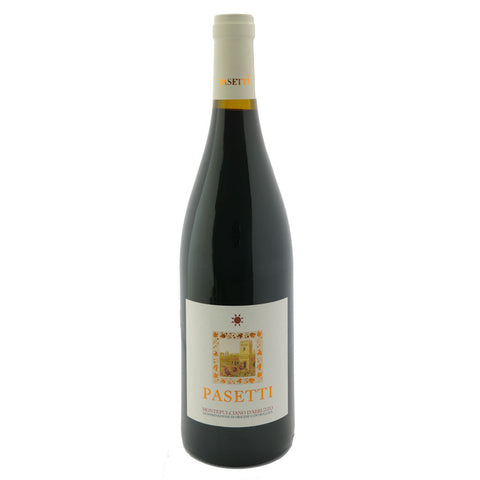Chianti Classico
By Somewhere
Saying "Tuscany" and "Chianti" is sometimes one and the same thing, but the collective imagination needs to move on from the idea of the classic fiasco: Chianti is no longer a commercial wine, but a territorial one, and sometimes a great wine, which can even be drunk at reasonable prices. And it is the perfect match for traditional meat dishes, steak "alla fiorentina" to begin with.
The two DOCG labels Chianti and Chianti Classico are certainly the most important of Tuscany, given that they involve approximately 22,000 hectares of vineyards (a third of them from the Chianti Classico DOCG ) on a regional total of close to 60,000 hectares.
Curiously, the first historical evidence of a Chianti wine actually involves a white wine, but moving from prehistory to history, the first important figure is Cosimo III de ' Medici, who put in place a geographical classification of the Chianti region in 1713. The second most important person is Bettino Ricasoli, the "Iron Baron," Prime Minister of Italy in 1861 and in 1866, to whom we owe the famous "recipe" that marks the invention of modern Chianti in 1870. This recipe calls for seven parts Sangiovese for aromas and structure, two parts Canaiolo, which gives softness, and one part Malvasia to increase freshness and drinkability.
In 1932 , the opportunity to produce a Chianti wine in the areas surrounding the original ones, was authorized and the name "Classic" was added to distinguish the historical territories from the newer ones. In 1967, Chianti and Chianti Classico become DOC, and Barone Ricasoli's recipe was institutionalized: between 50 and 80 % of Sangiovese, between 10 and 30% of white grapes (Trebbiano and Malvasia), between 10 and 30% of Canaiolo, and no more than 5% of any other grapes.
The use of musts and wines from other areas, particularly from southern Italy, a reflection of an archaic, naive oenology in which the typicality was related to taste and not to the territory, were allowed. It was around the mid 70s that some producers of Chianti realized the possibility of using just Sangiovese grapes to produce an excellent Chianti, but this was not permitted by the DOC label. These wines were bottled as simple table wines and would go down in history as Supertuscans. It is of course paradoxical that some of the best Tuscan wines were labelled "Vino da Tavola," but they were more expensive than DOC wines.
In 1984, the law that established the two DOCG took note of the success of these pioneers , but only in part: one was allowed to use up to 90 % Sangiovese, with a minimum of 75%, but the remaining percentage required Canaiolo and other white grapes; other grapevines could rise as high as 10%. The map was now drawn, and changes to the recipe became periodical.
In 1994 a Chianti could be produced purely from Sangiovese grapes, while since 2002 there is no distinction between grapes complementary to Sangiovese in the Chianti Classico DOCG, which could reach 20%, and since 2006 it may no longer include Malvasia and Trebbiano, which were excluded from the authorized grapevines, while in Chianti DOCG they are still allowed up to a maximum of 10%. In short, in the course of little more than a century Chianti has changed from being a commercial wine to becoming a territorial wine.
There are nine towns in the Chianti Classico region, and the most important are Radda, Gaiole, Greve, and Castellina. A zoning project would be welcome, since even within a single town soil and climate factors can change significantly, especially considering the variability of the Sangiovese grape.
For the Chianti DOCG, instead, there are seven sub-areas, less extensive and therefore more homogeneous than that of the Chianti Classico. Perhaps the most interesting is the Chianti Rufina, one of the four most suitable territories recalled in the Medician classification of 1713. This is the area with the highest average altitude, rather cool, and subject to abundant rainfall: its wines have strong acidity and are well suited for aging.


